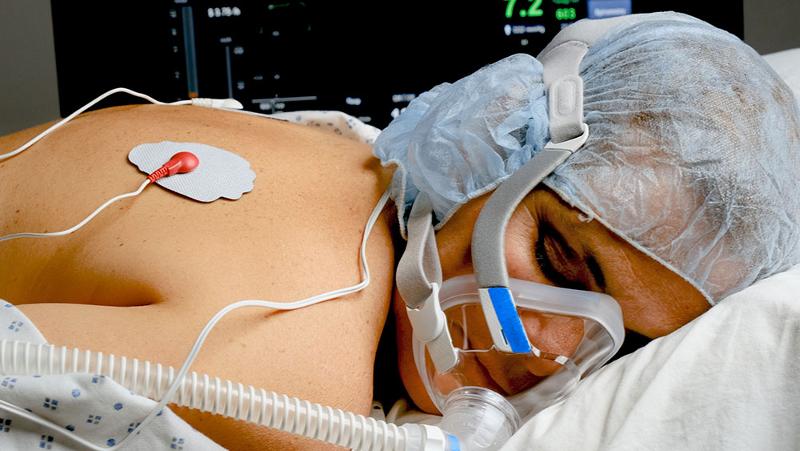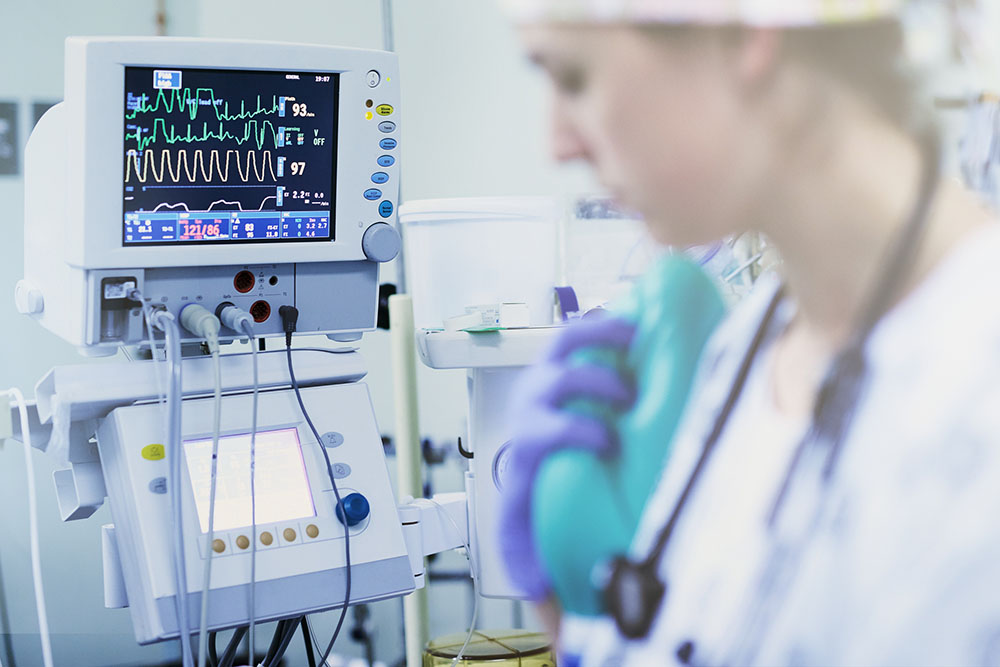
COVID-19 patients on ventilators in ICU are cared for in a prone position to improve delivery of oxygen to vital organs, however they are highly susceptible to pressure injuries, QUT Professor of Nursing Fiona Coyer says.
- Patients on ventilators lie face-down for up to 16 hours a day
- Pressure on skin from being face-down can cause skin injury
- Highly skilled, labour intensive task to reposition these patients
- Healthcare workers must use a combination of measures to prevent
Professor Coyer, from QUT Faculty of Health, is an expert in pressure injury ('bed sores') prevention whose work has brought to light a serious problem in nursing COVID-19 patients who need mechanical ventilation.
"These critically ill patients on ventilators are in an induced coma and typically lie face-down for up to 16 hours a day," Professor Coyer said.
"On top of keeping these critically ill patients alive, clinicians are dealing with the particularly difficult task of preventing pressure injuries to parts of the body touching the mattress for prolonged periods.
"Prone positioning is used to manage ventilator-associated lung injury as well as promote oxygenation in patients with severe acute respiratory distress.

"Pressure injuries ('bed sores') are caused by unrelieved pressure from prominent bones on the skin which impedes blood flow and causes breakdown of the skin and, if left unattended, death of the skin (necrosis).
"Common pressure areas for prone patients are the forehead, chin, shoulders, chest, nipples, pelvis, hip, genitalia, knees and tops of the feet.
Professor Coyer said the most common method of preventing pressure injuries was to move the patients' position at least every two hours.
"However, this poses a challenge for patients in a prone position on ventilators. These patients remain in the prone position for up to 16 hours with the head repositioned every two to four hours.
Professor Coyer said alternative methods for protecting prone patients' skin were pressure redistributing surfaces, careful positioning of a prone patient head positioners, and preventative dressings on pressure areas.
- Alternating pressure air mattresses alter the amount and duration of pressure on at-risk areas
- Skeletal alignment and correct positioning when putting patients in a prone position so minimal undue stress is placed on the muscles and skeleton.
- Headrests to avoid direct pressure to the eye and frequent monitoring of eye positions every 20 minutes with a mirror attached to the headrest.
- Dressings made from soft silicone foam placed on bony areas.
"These measures make up a combination of strategies to prevent pressure injuries in prone patients. Careful positioning and small frequent repositioning shifts, coupled with regular skin assessment are all needed to prevent an extra burden on the patient."






